Team-Based Care Pathway
This pathway was developed by Health Quality BC in partnership with the Team Based Care Advisory Group to support teams at any stage of their team-based care journey.
What stage would you like to explore?
More About the Team-Based Care Pathway
For some, team-based care will be new and they’ll be wondering how and where to start. For others who are more established, their questions might focus on building cohesion, communication, role optimization and measuring success.
The key thing to remember is that, no matter where your team is on the pathway, there are resources, tools and ideas you can apply to help make team-based care a reality, and one that will benefit high-quality, patient- and family-centred care – because the most important aspect of team-based care is the patient. Don’t forget to place patients and families at the centre of your team, and ensure that cultural safety and humility are guiding your practice. We wish you all the best in your team-based care journey!
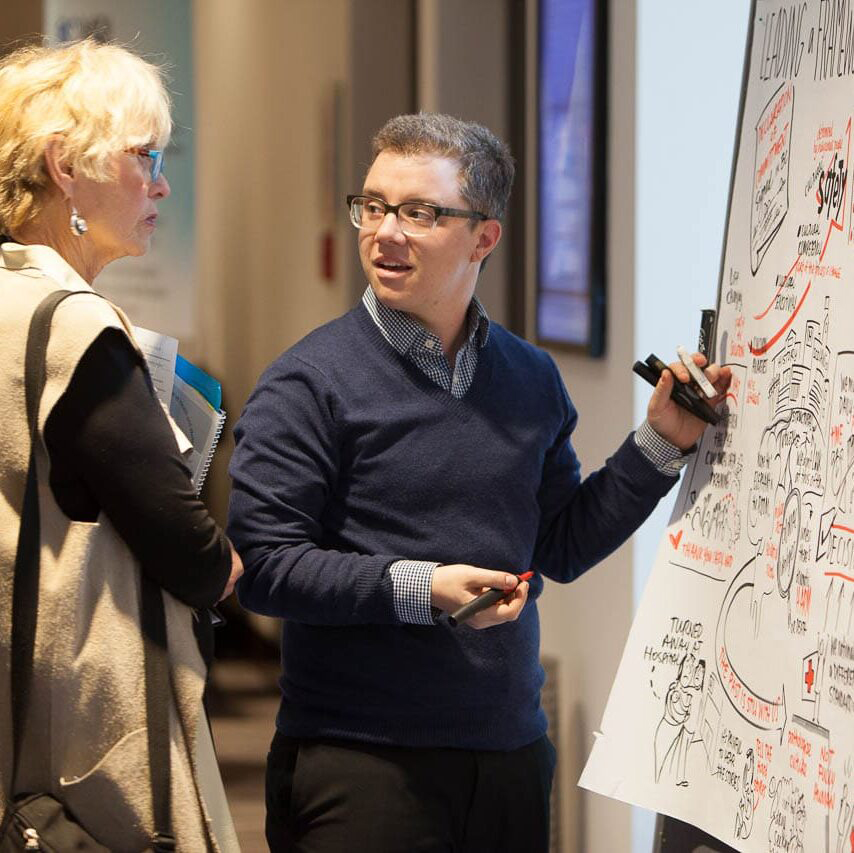
Stage 1
Where to Start with Team-Based Care
In this stage, you may be contemplating whether team-based care is right for you. You may be thinking about how to form a team, based on the needs of the patients you serve. It is essential to consider patient needs, population data, and the goals you want to achieve when planning for team-based care. This early stage of team development is when teams are newly forming, or when you are recruiting or adding team members to an existing practice or team.
To achieve the transition to interdisciplinary team-based care, most practices and providers will require a change in the culture and organization of care. Building a new team or evolving an existing team begins with a process of exploration and engagement.
Stage 2
Team Building
This stage of team development is when teams are new to working together and are trying to figure out how to work as a team. This ‘forming’ stage may take some time, as people get to know their new colleagues and one another’s roles and responsibilities on the team. This stage can be characterized by some tension at times, as teams work to establish new norms and processes together. This stage is a great opportunity to build on purpose and vision and gain clarity on roles, responsibilities and build effective communication pathways. It can include planning strategies and activities to support a high-functioning primary care team. This stage offers a chance to think through how best to meet the needs of patients, how each team member will best contribute to the team with their unique scope of work, and what processes need to be in place.
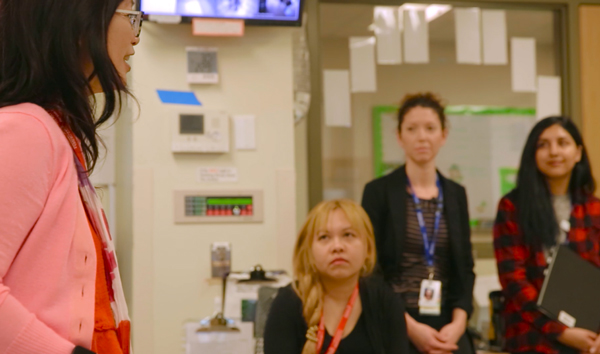
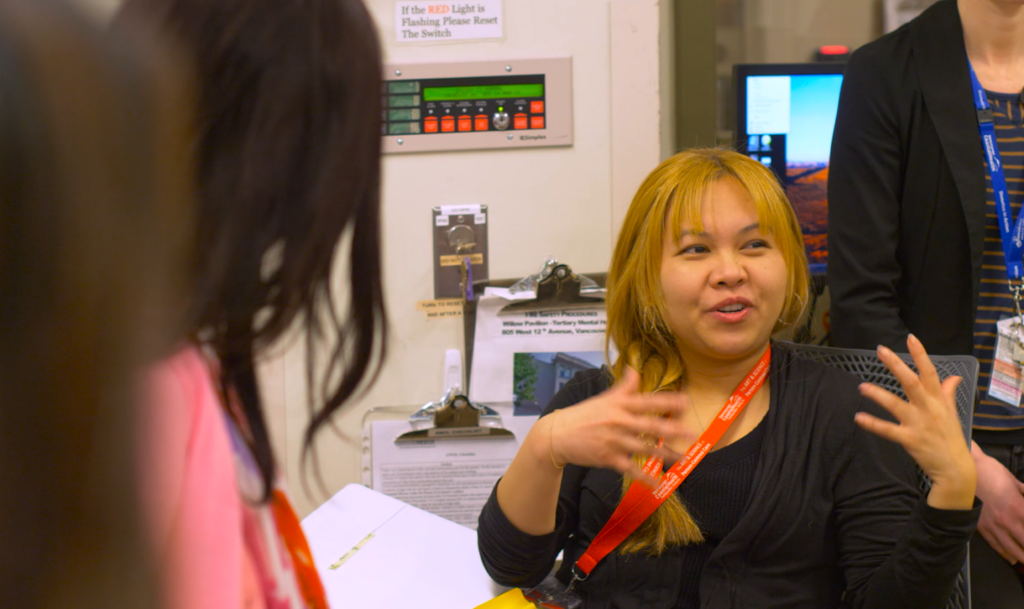
Stage 3
Team Development
In this stage, team members formally begin working together, and establishing new ways of interacting. As the group develops cohesion, leadership may shift to a shared leadership approach. Team members learn they have to trust one another for shared leadership to be effective. It is crucial to continue to build on foundational relationships between team members, and establish processes for interprofessional communication. The team works together to support the patient’s needs, and may be finding innovative and supportive ways to improve patient care, and provider satisfaction.
Stage 4
Team Performance and Quality Improvement
In this stage, the team is working interdependently and using their collective competence. The team is flexible, as individuals adapt to meet the needs of other team members. Roles on the team may have become more fluid, with members taking on various roles and responsibilities as needed. This is a highly productive stage both personally and professionally. Members feel attached to the team as something “greater than the sum of its parts,” and feel satisfaction in the team’s effectiveness. Members feel confident in their individual abilities and those of their teammates. At this stage, a team can proactively manage patient care, build team spirit, and move from using individual tools to creating systems that work for the team. The team may identify areas for continuous quality improvement and how to enhance how they work together as a team.
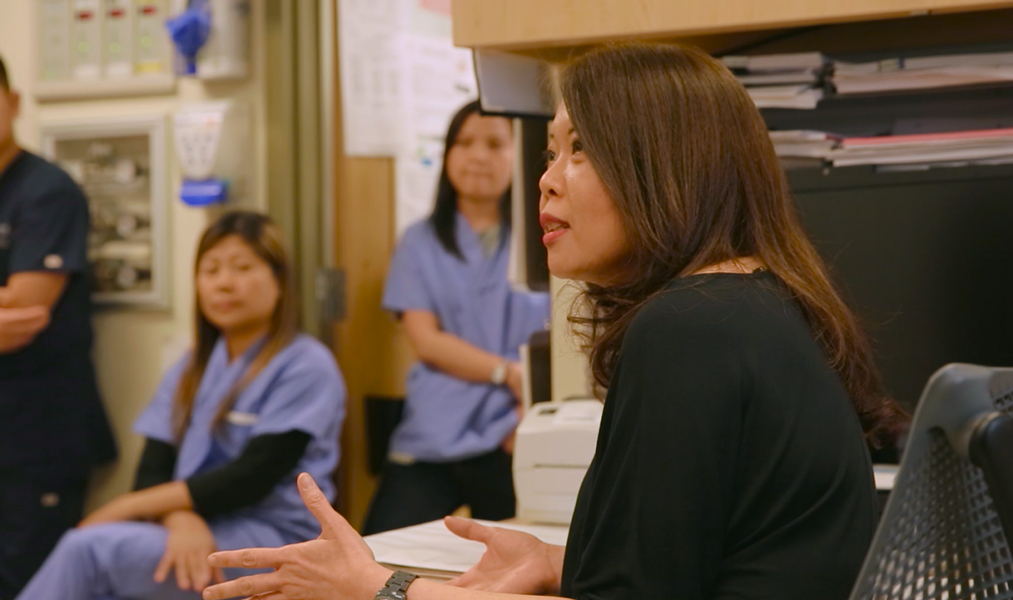
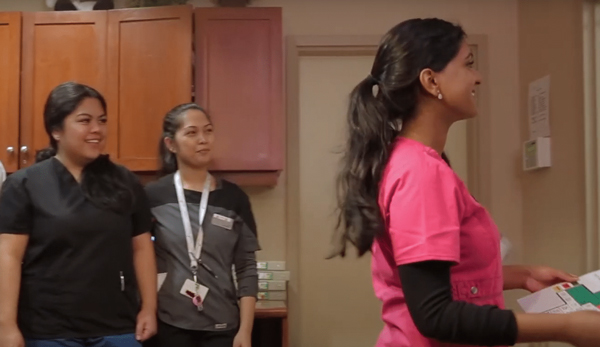
Stage 5
Team Evaluation
Evaluation of team effectiveness is an important consideration in your team-based care journey. This process may involve returning to some of the tools already considered at earlier stages, and considering what changes would benefit the team, patient and overall practice. Evaluation may help the team build on areas in need of improvement, or help to set quality improvement and patient care goals.